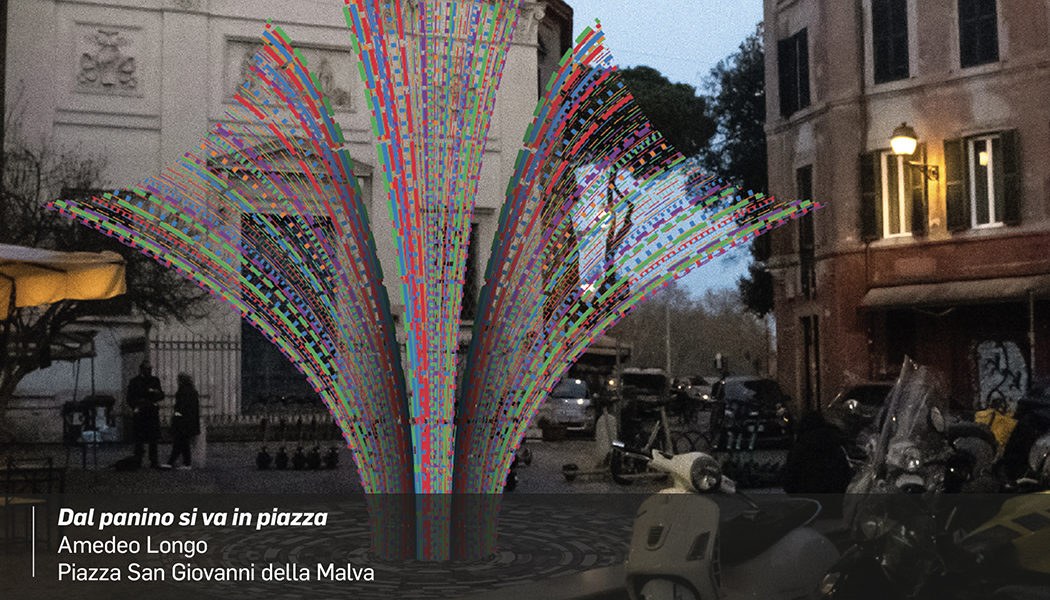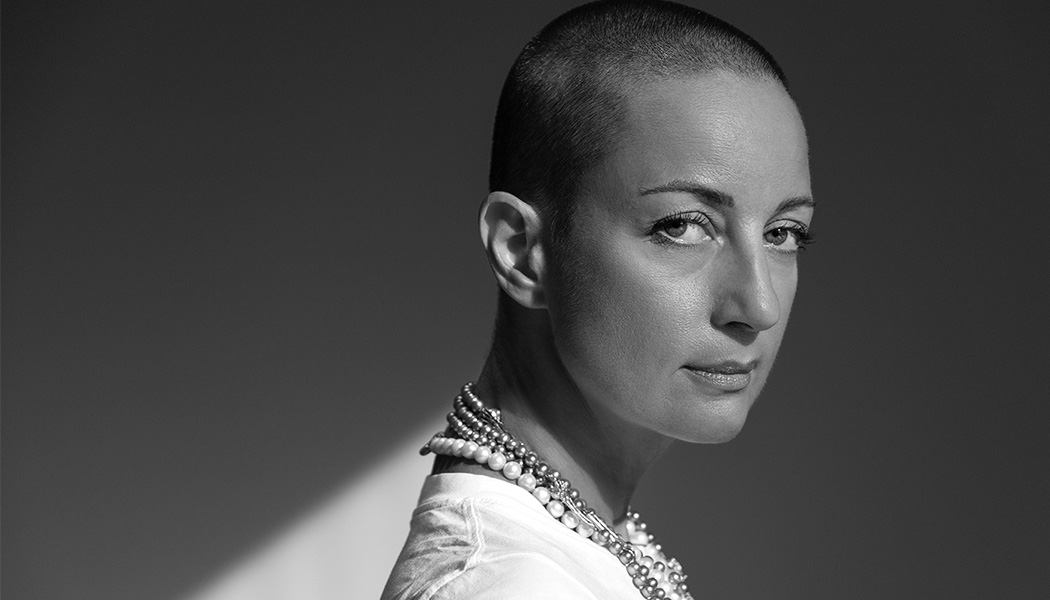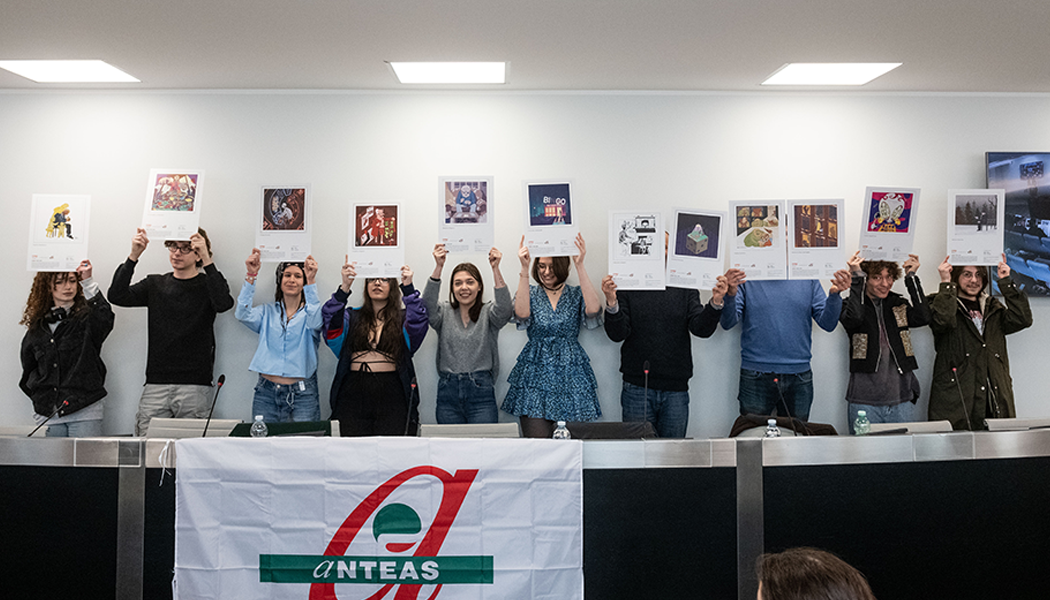The Piazze Romane project is an experiment that should be encouraged and strengthened over time. For the first time in many years Rome, and in particular Municipio I Roma Centro, has decided to open itself up to young contemporary art not by turning its attention to established and acclaimed artists who, precisely for this reason no one would attack, but by asking students, future artists ivolved in training, to think of a sarcastic, partisan and supportive Rome.
The eight works of Piazze Romane respond perfectly to this context. The authors have spared no effort, aware that they will be acclaimed and criticized in equal measure. It is thought-provoking that a city that professes to be as inclusive and welcoming as Rome should target a sculpture, that everyone can judge from an aesthetic point of view according to their taste, asking for it to be replaced or removed, when freedom of expression for artists is one of the cornerstones of democracy.
“Dal panino si va in piazza” intends to celebrate the moment of conviviality that being in the open air, living together, exchanging ideas and smiles brings with it. The period of pandemic lived up to now has made us lose sight of how important it is to exchange ideas, themes and topics even in a lively manner. The eight squares of the project have begun to live again, to make people come together in compliance with the regulations in force, to re-populate them with happiness and joie de vivre, thanks also to the commercial activities and shopkeepers of the area, who allow not only social but also economic regeneration.
All this takes place while respecting different ideas. An analysis that must be made not only to condemn, but also to reflect. Many have only judged by looking at a computer screen or reading posts on social networks. Very few will have completed the tour of the eight squares that gives us back a city of Rome that keeps its doors open, thanks to the “Door Stop” project in Piazza Poli, that gives credit to the anti-fascist struggle in Piazza Cardelli, that honours the vernacular of Giuseppe Gioacchino Belli and that transforms the “pasquinate” into a global phenomenon.
This new generation of artists who have been able to get involved, who have been able to build in just a few weeks a path that is different from the past, do not back out when criticised, they assimilate it, process it, but defend what they have created. In this process these young people, and this is a fact that requires more than just reflection, have had the courage not let themselves be filtered by public opinion, to think in an original way, to generate opinions. Piazze Romane and the debate it has generated represent an unwritten text to be studied and explored, in search of a future that cannot be that of stereotypes and habits that lead to nowhere.






